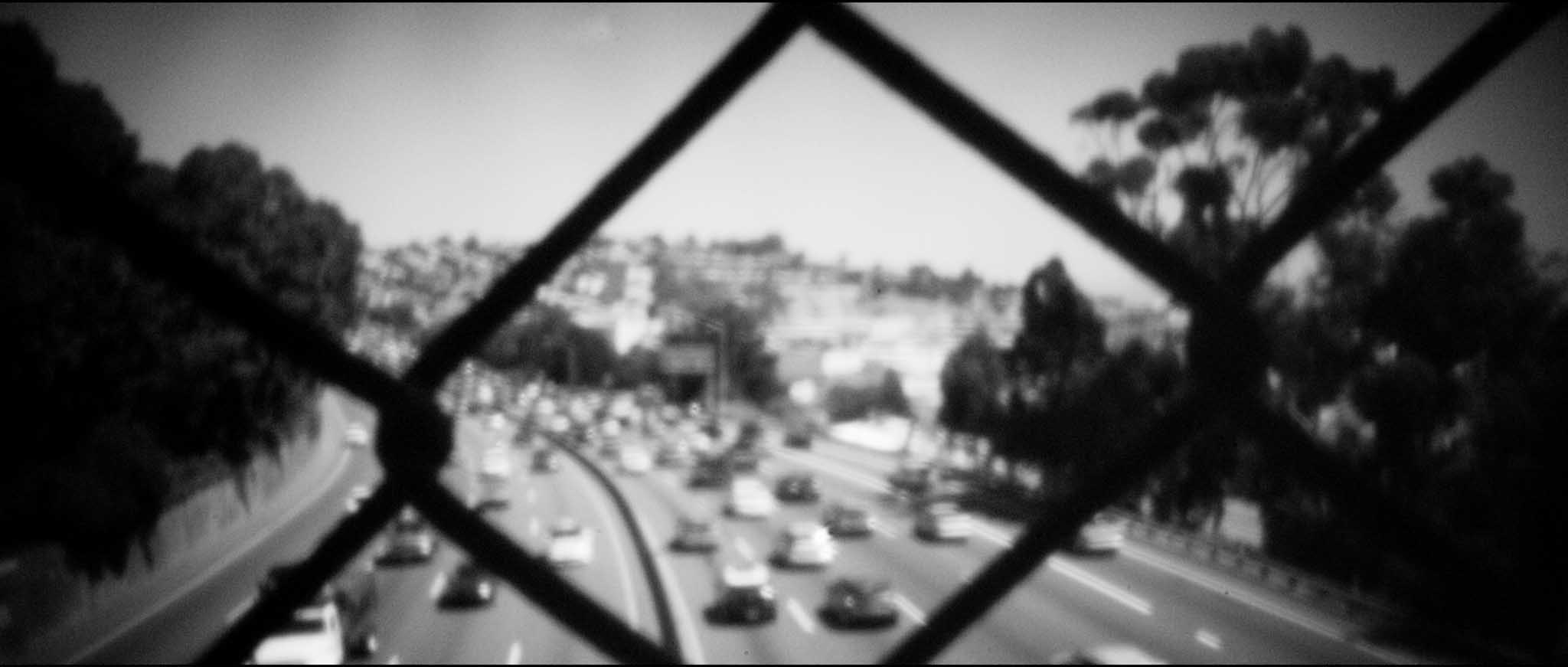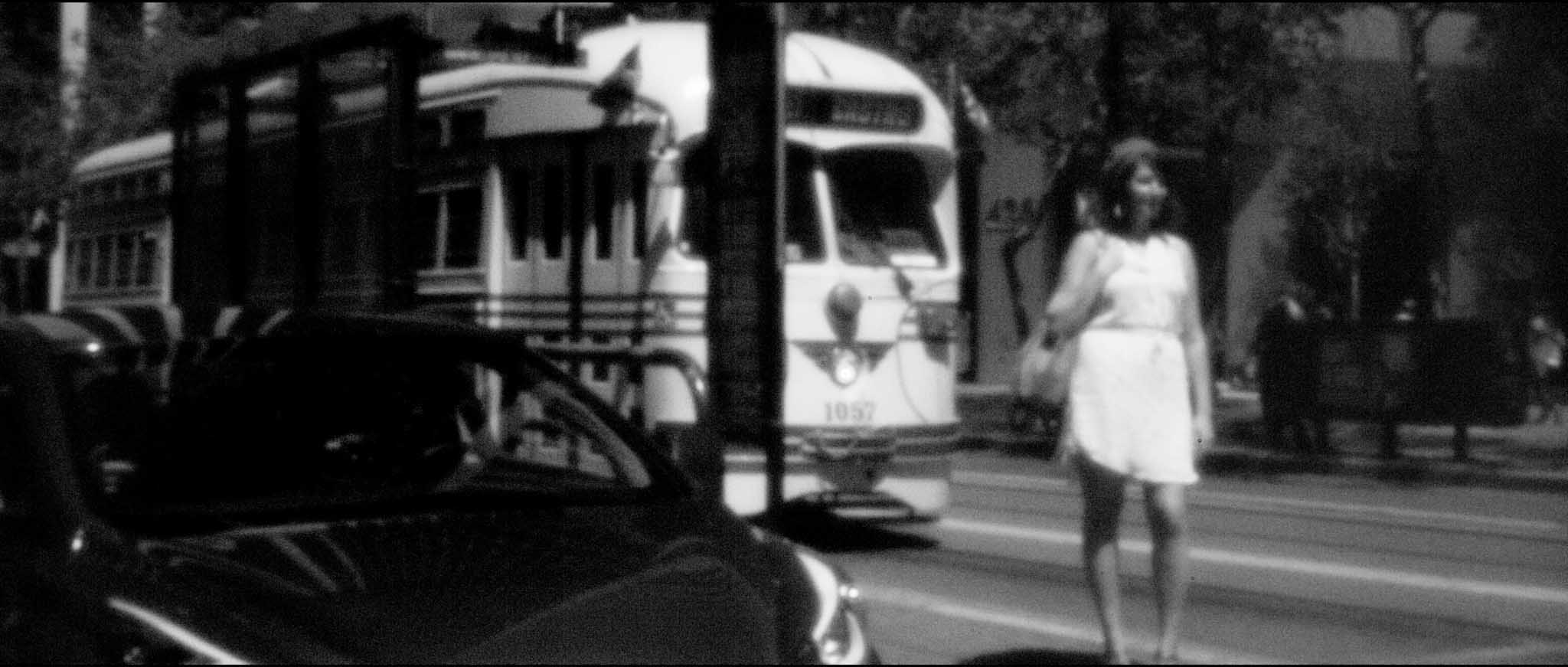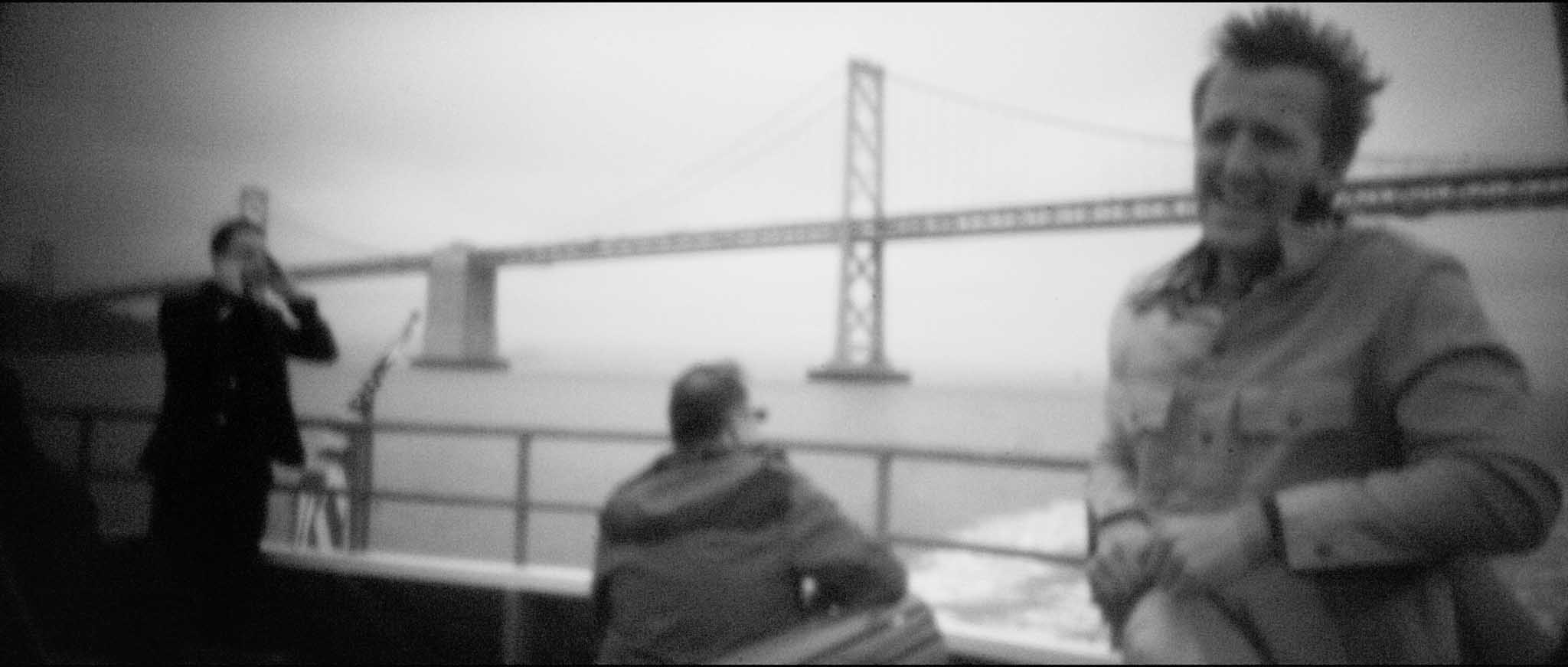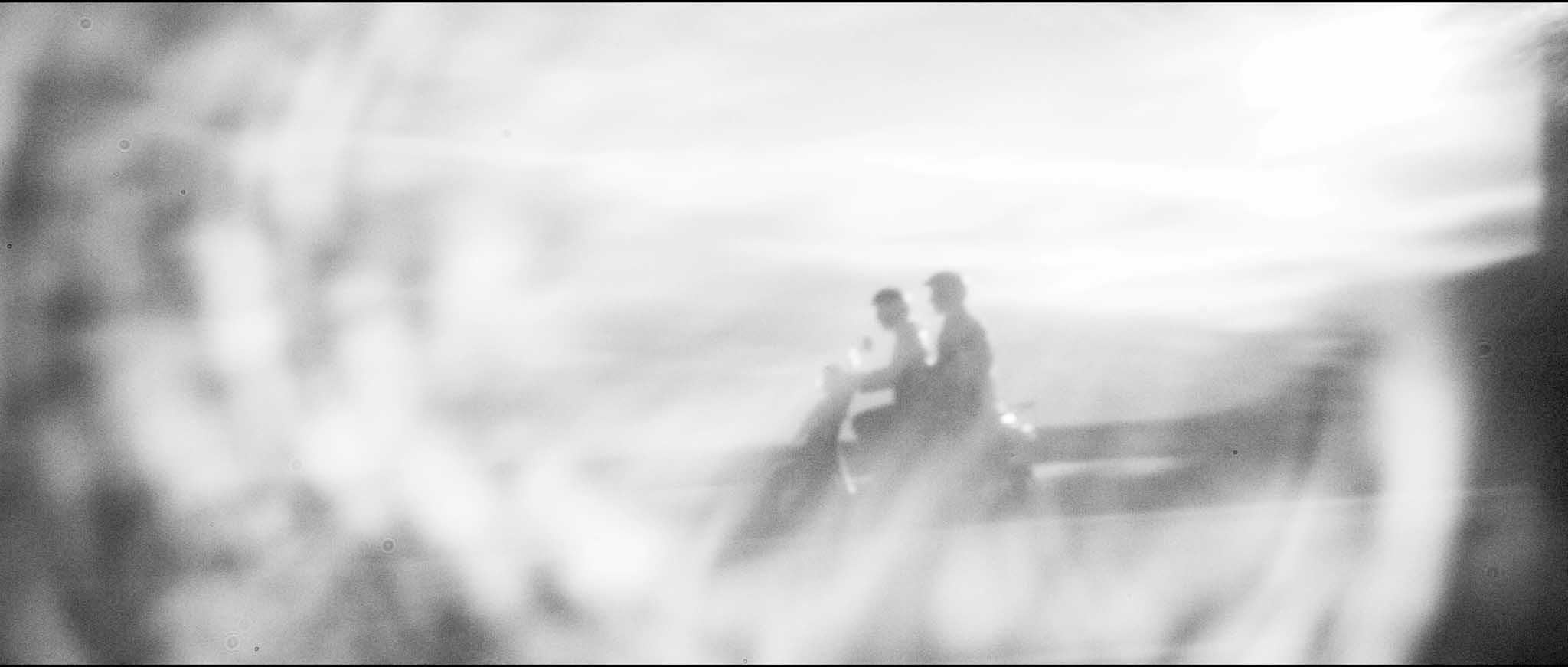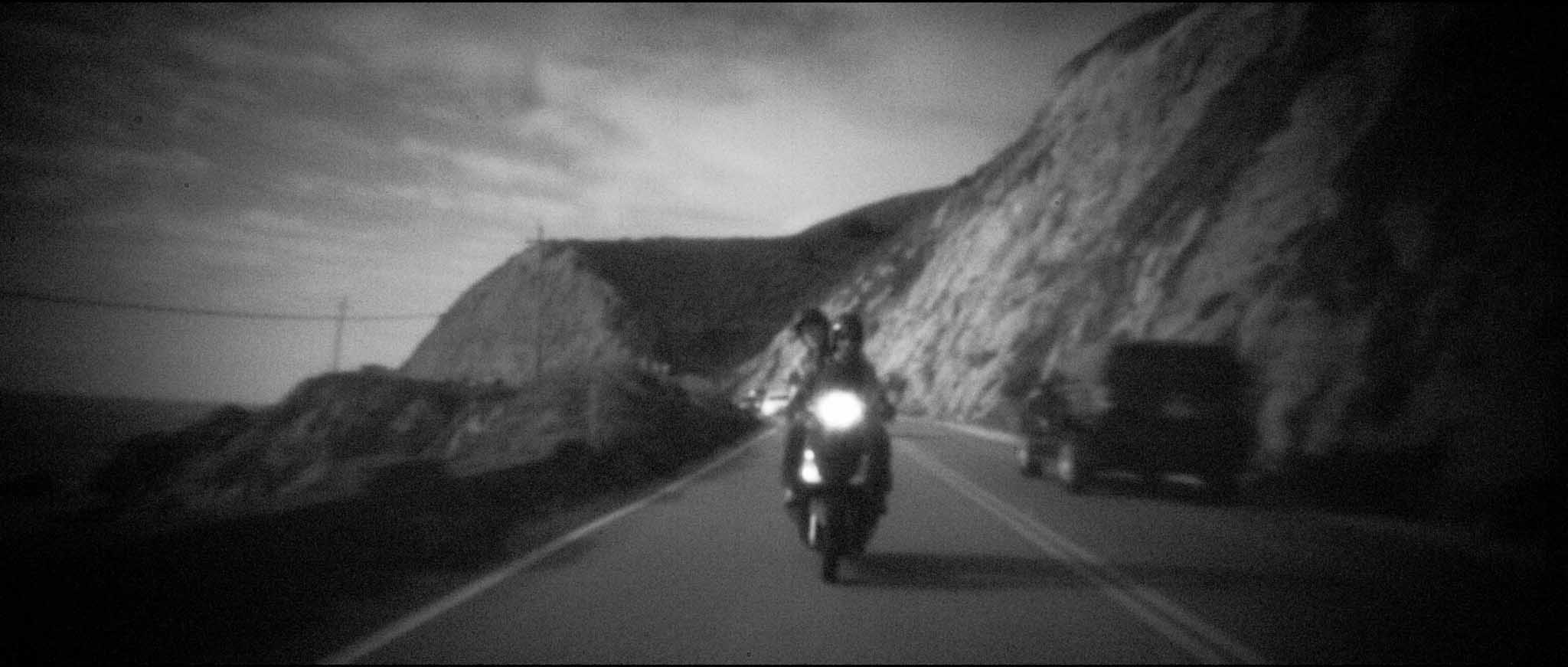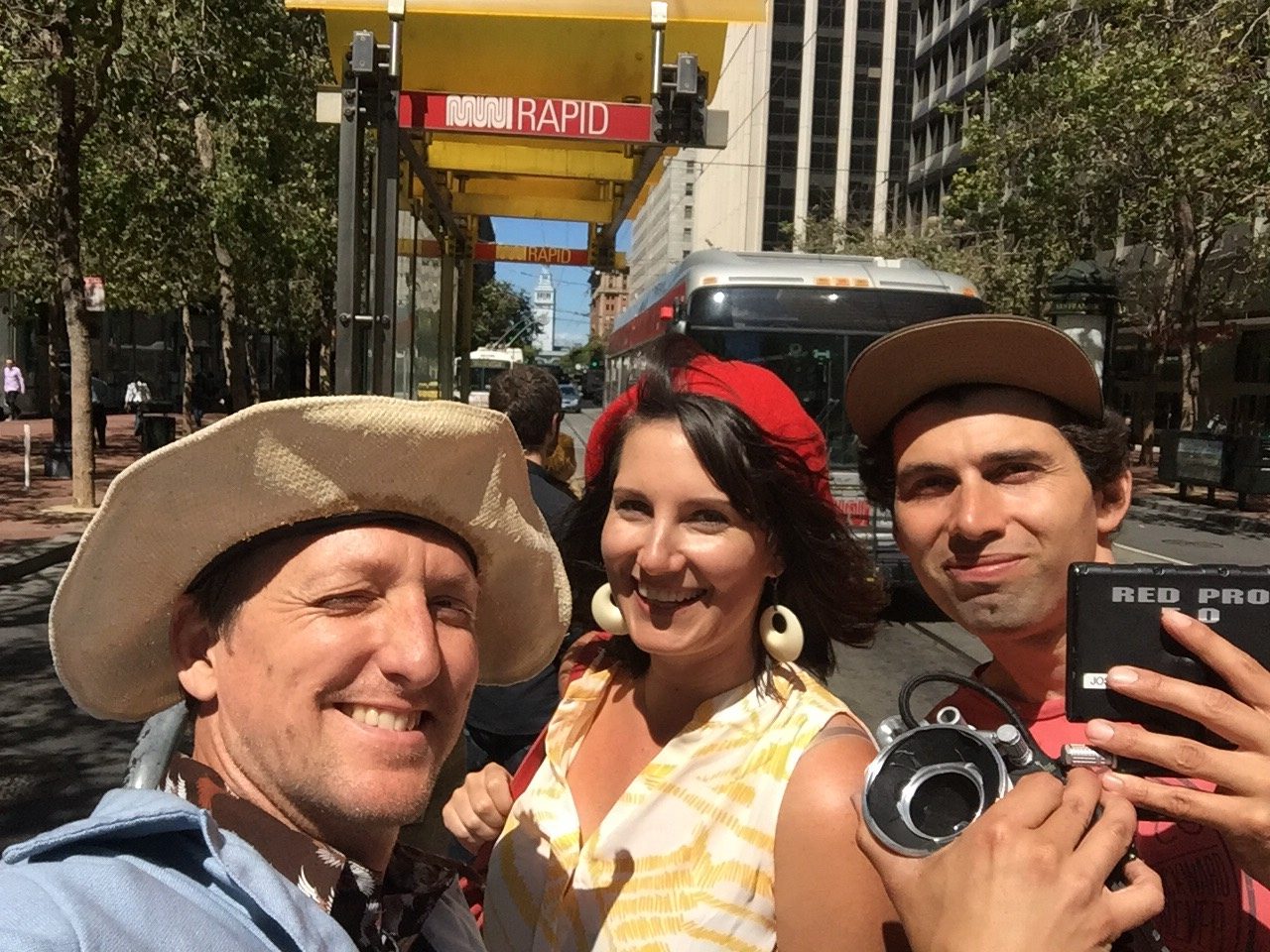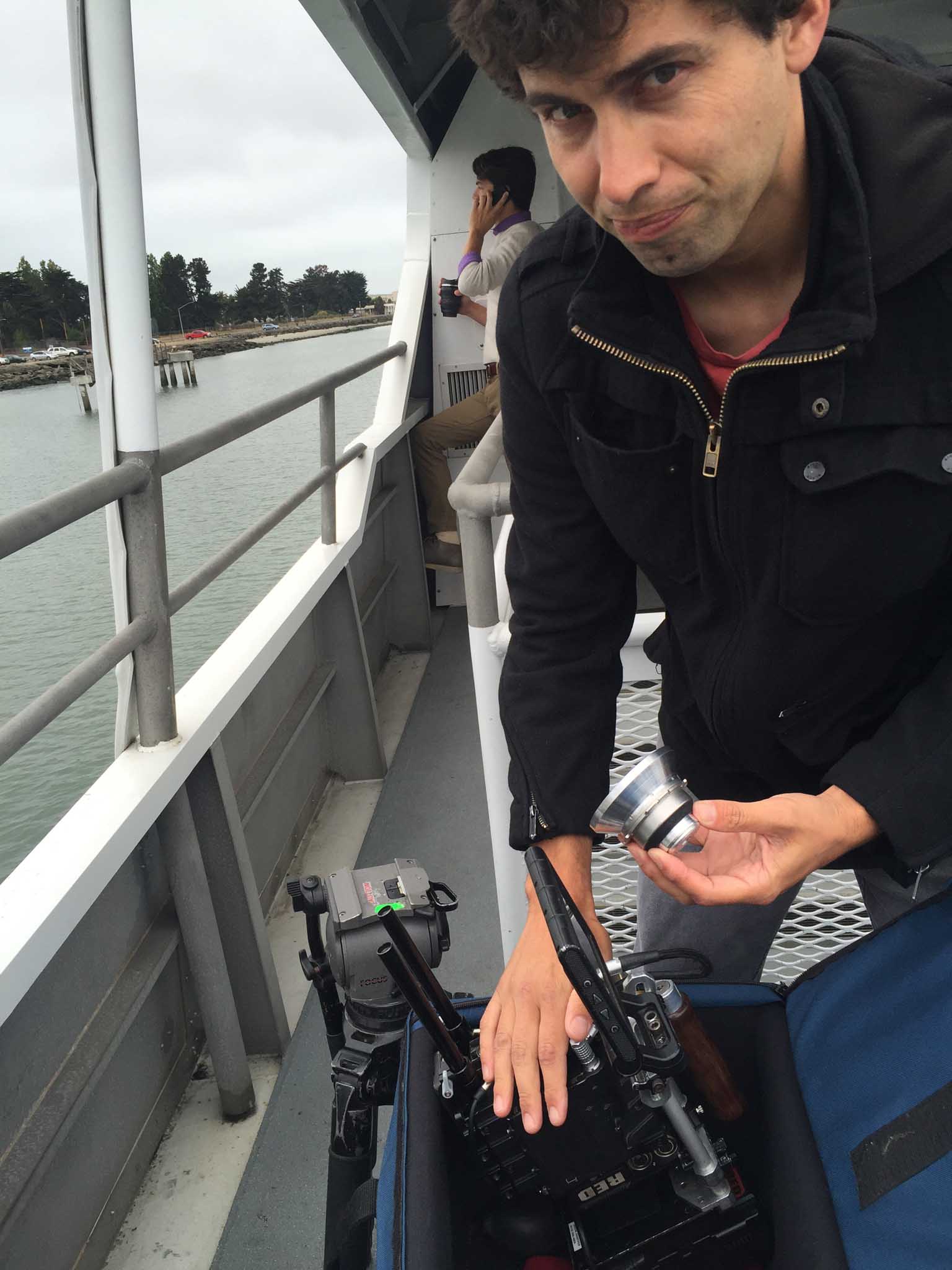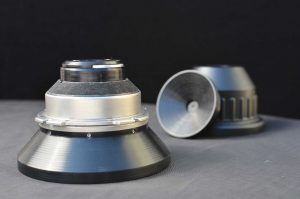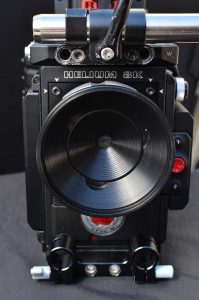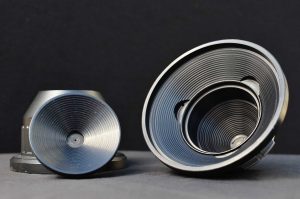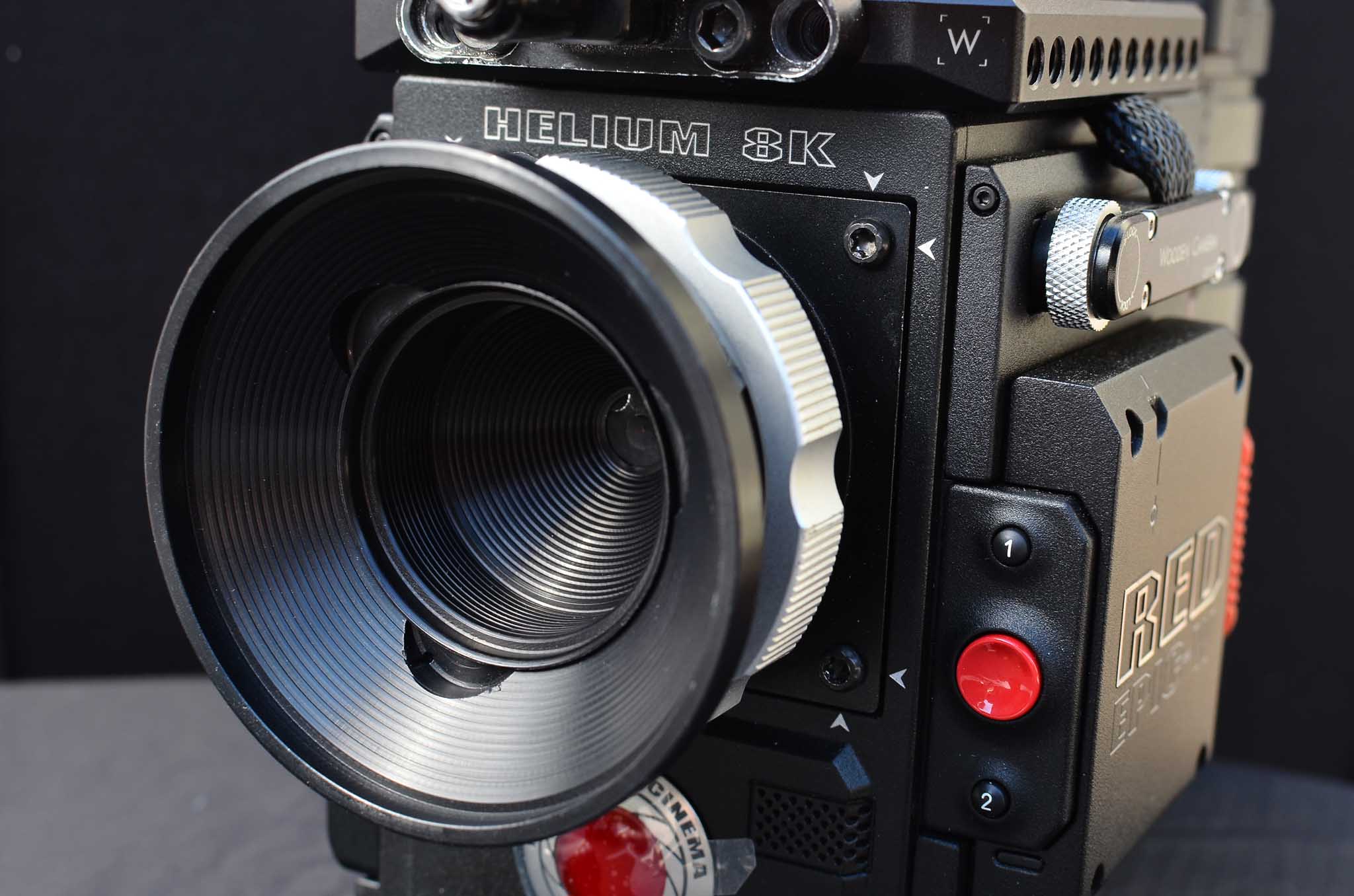
Looking for a vintage look? Tired of decoating or recoating precious cine lens optical elements? San Francisco cinematographer Jason Joseffer machined his own pinhole lenses with PL mount for the music video “On The Road”. Jason describes the production and process:
Pinhole photography has always intrigued me. Applying it to motion pictures is now helped by new, low-light cameras. The dreamy aesthetic of pinhole and its timeless quality seemed well-suited for the music video “On The Road” that my good friend Seth Lael wrote about his experiences as a production sound mixer and the people who work in film.
Watch the video:
Early tests involved simple experiments with a sewing needle and foil taped to a lens mount. This locked us into a single focal length with imprecise apertures. But, we wanted to have focal length options. I have a background in machining and drew up plans for a variable focal length (25, 50 and 85 mm) PL-mount lens. Each focal length is an insert that clicks into the PL-mount chassis via spring-loaded ball bearings. Five different aperture sizes were built into a rotating disc that was integrated into the insert. Each aperture was drilled with high-end precision end-mills into black wrap, which was adhered to the disc. My tests found that the thinner the material for the hole, the sharper the result. We ended up with a lens that could quickly change focal length and aperture.
Shooting a pinhole music video presented a couple unexpected challenges. The greatest was the need to keep the sensor clean. Every speck of dust shows up as a dark dot on the screen because the aperture is so small that everything is in focus. Hours were spent cleaning the sensor prior to each shoot day. I had to constantly blow it with air throughout the day. Another challenge was the need to shoot in direct sun to get a decent exposure. This led to the decision to shoot in black and white, which felt more forgiving.
We shot on a RED Epic Dragon in 6K. (I now have a RED Epic-W Helium 8K, shown at right.) We pushed the camera to its limits with some scenes rated at 3,200 ISO and even 12,800 ISO. We framed for spherical widescreen 2.39:1 and chose a frame rate of 18 fps, inspired by the experimental films of Andy Warhol. His “Screen Tests were shot at 24 fps, but projected back at 16 fps. We applied the same technique to achieve a slightly slow motion, dreamy look.
